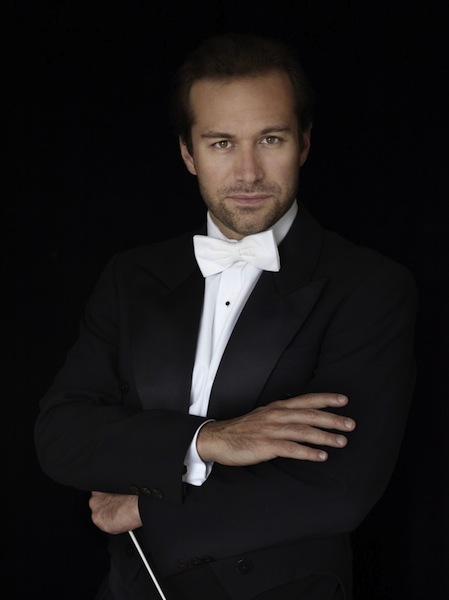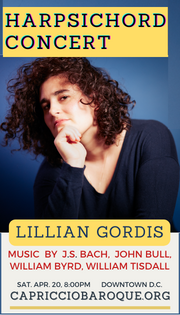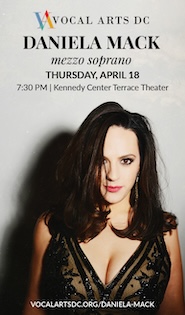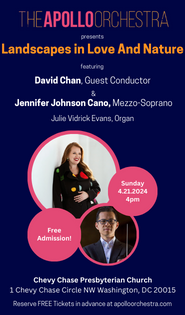Shostakovich fares best in Gabel’s mixed outing with NSO

Fabien Gabel conducted the National Symphony Orchestra Thursday night at the Kennedy Center.
It’s hard to understate the near-giddiness that the opening of Shostakovich’s Ninth Symphony unleashed across the Kennedy Center Concert Hall audience on Thursday evening. It’s not that The National Symphony Orchestra had every note in place or that guest conductor Fabien Gabel had unearthed new truths in its cheerful activity.
Rather, the symphony’s bouncy good humor arrived at the end of a program that had featured three dense, angst-laden tone poems in a row. Any one of these could have been a pleasant concert opener leading to leaner fare but three in a row was like loading up your dinner tray with three plates of rich, heavy dumplings. The Shostakovich was a splendid palate cleaner.
The work’s unveiling in 1945 was a surprise – and to Stalin, not a happy one. Russia had just emerged, devastated but victorious, from a world war and what the Stalin regime expected from a composer who had written a symphony (No.7, the Leningrad), that celebrated Russian military resistance was a majestic Ninth to celebrate its triumph. What it got, instead, was a short bumptious romp with echoes, in the final movement, of a circus band as the composer thumbed his nose at Stalin’s ego.
Gabel, who is the music director of the Quebec Symphony Orchestra, got the NSO off to a quick start in the first movement with welcome textural clarity and buoyancy. Rhythmic coherence, however, came and went and, in the moments when the strings tossed their action to the winds, there were hesitations in the handoff that gave the momentum a temporary hiccup. Gabel, very good at whipping up climaxes, proved just as good at dampening them down as the third movement’s energy just sort of dissipated.
The winds had a field day in this piece. In the first movement the trombone, that self-importantly sets off a wonderfully scurrying theme, did a splendid job of sounding hapless as it tried several times to do this in the wrong place, only to finally get it, triumphantly, right. The oboe and bassoon chased each other around with determined delicacy and the flutes seemed to exalt in acrobatic ecstasy.
Paul Dukas’s Overture to Polyeucte on a tragedy by Corneille begins with a broad melody in the cellos that is picked up and elaborated by the rest of the strings. In this gorgeous, voluptuous-sounding opening to the evening the cello section’s sound flooded the hall. The shape the cellos gave to the extended phrase gave the slow-moving music a feeling of inevitability and, when the higher strings joined in, the ensemble was palpable. That lush opening proved the high point of the piece, and the music doesn’t seem to go anywhere in its remaining fifteen minutes.
The second work in the tone poem trio was Ernest Bloch’s Hebraic Rhapsody, Schelomo. Alban Gerhardt, winner of the 1993 University of Maryland International Leonard Rose Competition, was the cello soloist.
Gerhardt delivered powerfully intense playing through long-held notes and lingered with a sense of longing. In big passages he was every bit a match for the orchestral activity but Gabel’s balancing was less than stellar and too often Gerhardt was playing something that begged to be heard. Orchestral colors were vivid and, except for a messy tutti descending scale near the end, Gabel asked for, and got, rhythmic clarity.
With his youthful Op. 7 Fantasy for Orchestra, The Rock, Rachmaninoff was trying out many ideas that came into focus in subsequent works. The work was inspired by a Chekhov story of a chance winter meeting of an old man and a young woman, stranded together in a storm.
Predictably there are dark and light themes assigned to the two and, inevitably, bubbly passages that descend into dense darkness. This piece, that began the second half of the program, was much more interesting for what it portended than what it actually offered.
The program will be repeated 8 p.m. Saturday. kennedy-center.org; 202-467-4600.







